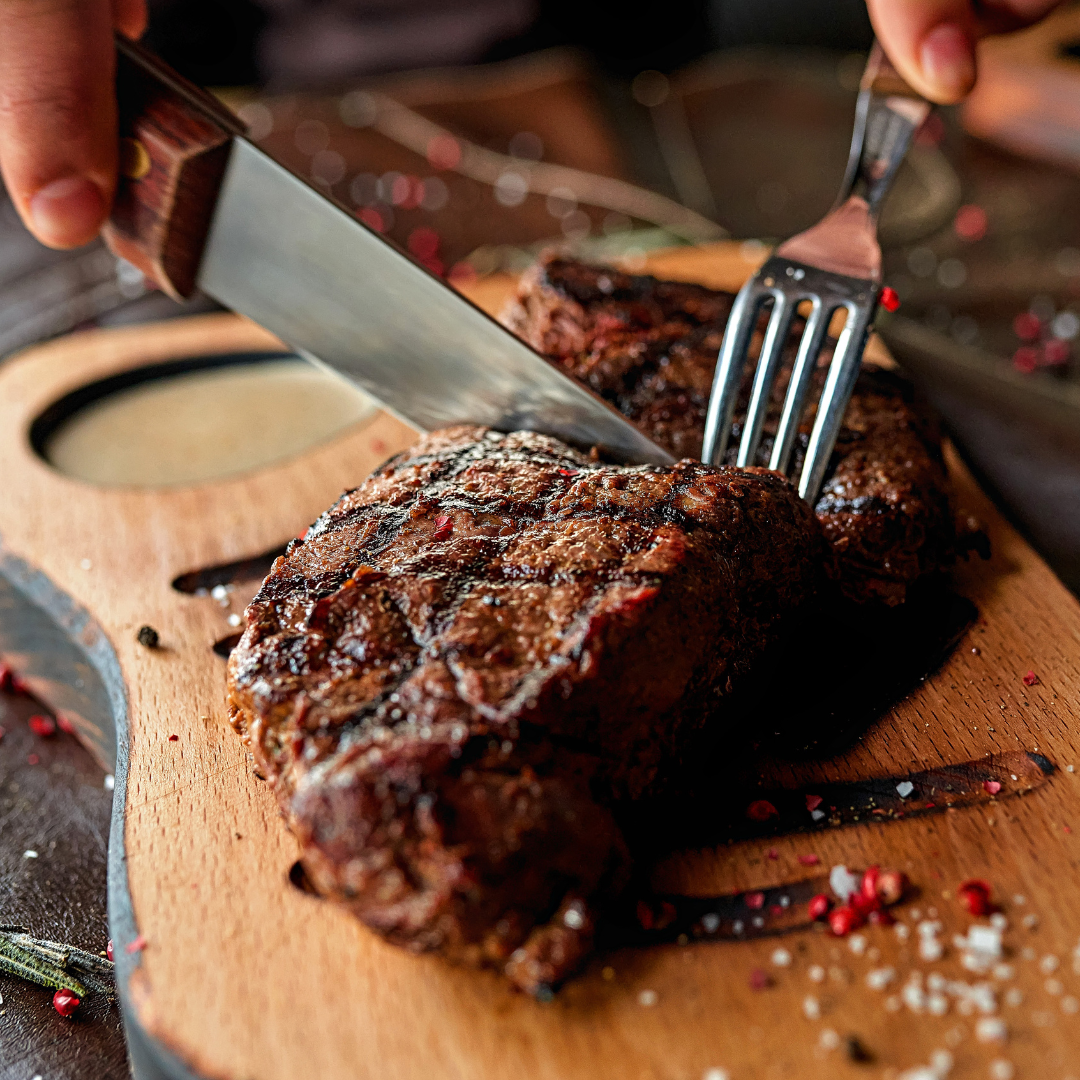 SALT-LESS BRINES FOR MEAT Brining meat is a great way to tenderize and flavour meat. Traditionally it's done with salt, but did you know it can be done with balsamic vinegar? Perfect for those on a low-sodium diet! Be careful of what kind of vinegar to use. DO NOT use a strong vinegar like white distilled! The acidity in vinegar is very important to break down the proteins in meat, but brining requires the meat to sit in the liquid for a longer time. Balsamic vinegar has an acidity of 4-6%, which is much better for this purpose. When brining, the amount of liquid and time required depends largely on the size and weight of the meat. The meat must be submerged in the liquid and kept cool. Smaller pieces of meat like steak might take 3-6 hours, but whole roasts could take 12 or more hours! Make sure you have a large enough container to completely submerge the meat. Brining bags are available and can help for larger pieces of meat, like turkeys. You may have to double or even triple the recipe to get enough liquid to entirely cover the meat. Keep the meat cool while brining - make some room in that beer fridge! Remember to pat the meat dry after removing from the brine and before cooking. This will seal all of those juices and flavours into your meat. Here's a couple of our family's favourites... Chicken: 1 cup Olivia's Mango or Peach White Balsamic Vinegar 1 cup orange juice 3 cups water 1-2 cinnamon sticks 3-4 whole cloves 1 cup Olivia's Sicilian Lemon White Balsamic Vinegar 4 cups water Sprigs of rosemary & thyme Black pepper Pork: 1 cup Olivia's Montreal Maple Dark Balsamic Vinegar 1 cup cranberry juice 3 cups water Sprigs of thyme 3 cloves of garlic, minced Beef/Bison/Elk: 1 cup Olivia's Chocolate Dark Balsamic Vinegar 1 cup strong coffee 2 cups water 1 orange cut into thin slices 1 onion cut into thin slices Black pepper Excise duties are a federal tax applied to several products, including alcohol (wine, beer, cider, and spirits), manufactured in Canada for resale.
In 2017, the Government of Canada amended the Excise Act to tie excise duties on alcohol to inflation. On April 1, 2023, the tax will increase by 6.3%, which will be the largest federal tax increase on alcohol in 40 years. Thanks Trudeau - NOT! As the tax is first paid by liquor manufacturers, it means you can expect wholesale liquor prices to increase as of April 1. When wholesale prices rise, retail prices for the customer always follow suit. The new tax increase will net $45 million of additional revenue for the federal government off the pockets of customers! “It is a hidden tax. Most consumers would have no idea there’s such a thing,” CJ Helie, the President of Beer Canada says. “It is imposed at the manufacturer’s level as soon as they make the product. So what that means is that it’s embedded into the price initially as the supplier sells to the distributor, from the distributor to the retailer, or the bar, and so it gets marked up all along the way.”* What does this mean for customers who make their wine/beer/cider at a ferment-on-premise such as Harvest Wine? Nothing! As the excise tax is only on manufactured goods for resale, our customers will not be affected when making it for their own consumption. But, everyone will see prices rise at their local liquor stores and restaurants. While prices are steadily rising all around us, this is finally one area where we can out smart the taxman. MAKE YOUR OWN AND SAVE MONEY! *information gathered from multiple online sources and from the ABLE BC newsletter. What wine should you pair with your favourite slice?Who doesn't love pizza? Thick or thin, cheese, sauce and all of those toppings! So many different varieties, you could eat a different combination every day and never get bored.
But with so much variety in pizza, there also is a ton of different wines you can pair with that slice. How to choose the right wine for pizza night? Most people choose pizza with a tomato sauce. A red wine with similar acid levels to those in the tomato sauce will help the wine feel balanced and fuller in body. If you like spicy Italian sausage or pepperoni on your pizza, go for a stronger flavoured red, like a Sangiovese or Grenache Syrah Mourvèdre. If you are one of those who enjoy a white sauce on your pizza, think Chardonnay or Pinot Grigio! Great with a chicken topped slice. Vegetarian pizza - try a Sauvignon Blanc which goes great with spinach or arugula. And, if you are like me and thinks pineapple DOES belong on pizza... try a Riesling. For the past 7 years we've had an annual Country Fruit Wine sale every February. Unfortunately with the economy as it is, and costs that won't stop climbing upwards, we have had to make the tough decision to increase our production fees later this month.
So, in lieu of our annual sale, we are giving our customers the chance to come in and get their wine made at today's prices, before the price increase happens on February 15th. This increase will affect our production fees for country fruit wines, ciders, kit wines, beers and our cork and cap fees. If you are thinking of making wine for that summer wedding, maybe cleaning out the freezer or even just wanted to try it for the first time, DO IT NOW! Please remember:
We invite you to call the shop to set up your appointment as soon as possible. 250-787-2739 Answers to the common questions we get asked...QUESTION:
Do we need to make an appointment to start a batch of wine? ANSWER: Country Fruit Wine - Yes, it takes a little extra time to prepare everything for you to start your wine. Kit Wine - No, but if we have someone else booked for an appointment at the same time, we'd love your patience. Answers to the common questions we get asked...QUESTION:
Can I make a Merlot/Cab Sauv/Pinot Grigio from apples from my back yard? ANSWER: No. Certain style of wines are made using the specific grape varieties for that style. Merlot grapes make Merlot wine. Cabernet Sauvignon grapes make Cab Sauv wine. Sorry, but apples make apple wine. If you are looking to make a traditional wine, you'll need to use those grapes, or like we do in our shop... use a premium wine kit. Do you have a wedding coming up and want to squeeze everything you can out of your budget. We can help! Not only can we save you a ton of money on wine for your banquet tables, we also have some great suppliers to order for those hard to find gifts like flasks, robes, glasses and party supplies. Personalization with names can be an option on many items. Call us at 250-787-2739, stop by the shop to talk to us, or send a message HERE Also... check out the upcoming wedding show in Grande Prairie. Click HERE for more information on the event. 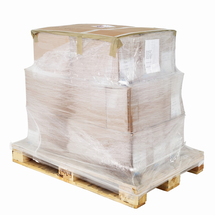 Freight expenses are one of our biggest challenges for our small business. Wine kits are heavy, bulky and expensive to ship. Unlike businesses in the southern part of the province, our location requires longer time on the truck from the Lower Mainland, which of course, costs more. Historically, we have always been charged more for freight but we also don't get some of the quantity discounts available to larger customer bases like they do in Vancouver, Kamloops or even Prince George. If this isn't stressful enough, one of our major suppliers just announced a substantial price increase to both products (of 6%+), and their shipping program (almost doubled!) I've also heard through the grapevine that another major supplier has significant changes coming to their ordering program as well. Unfortunately our wine kit suppliers are also our major suppliers for winemaking supplies and equipment. As supply chain shortages are still an issue, we need to follow a new policy for all product orders. Harvest Wine will order only once a month from each of our major suppliers.... if needed. What does this mean?
As customer satisfaction is our main priority, we will always look for the best quality and prices. Thank you for your patience during these strange times and for supporting our local, small business. Sincerely, Annamari Someone posted this on FB and it came across my newsfeed the other day. As a small business owner, still feeling the pinch from previous Covid restrictions/shutdowns and now the ever increasing inflation, I FEEL THIS!
"Please understand what not using cash is doing !!! Cash is important! Why should we pay cash everywhere with banknotes instead of a card? - I have a $50 banknote in my pocket. Going to a restaurant and paying for dinner with it. The restaurant owner then uses the bill to pay for the laundry. The laundry owner then uses the bill to pay the barber. The barber will then use the bill for shopping. After an unlimited number of payments, it will still remain a $50, which has fulfilled its purpose to everyone who used it for payment and the bank has jumped dry from every cash payment transaction made... - But if I come to a restaurant and pay digitally - Card, bank fees for my payment transaction charged to the seller are 3%, so around $1.50 and so will the fee $1.50 for each further payment transaction or owner re laundry or payments of the owner of the laundry shop, or payments of the barber etc..... Therefore, after 30 transactions, the initial $50 will remain only $5 and the remaining $45 became the property of the bank thanks to all digital transactions and fees." Now, it might not exactly work that way, but this person gets it. Your cashless payment is sent down the line for others to take their piece before it lands in the business' bank account! Credit cards do take the largest percentage, debit cards much less. How else do you think the credit companies can afford to reimburse you if your card is stolen and tapped all over town for purchases before you notice it's gone?! Not only do they raise your interest rates to pay for all of these "extra perks and safety features", they also get it from the other side of the transaction too! We have been looking at other affordable options for taking cashless payments but the options are few and far between. Shopping around for a new contract and terminal is confusing and time consuming. The best thing you can do to support your local small businesses is to pay by cash, or by debit. |
Create your own vintage!
|
Holidays & Sundays: Closed
Mondays: Closed Tuesday: 10am - 5pm Wednesday: 10am - 5pm Thursday: 10am - 5pm Friday: 10am - 5pm Saturdays: 10am - 5pm |

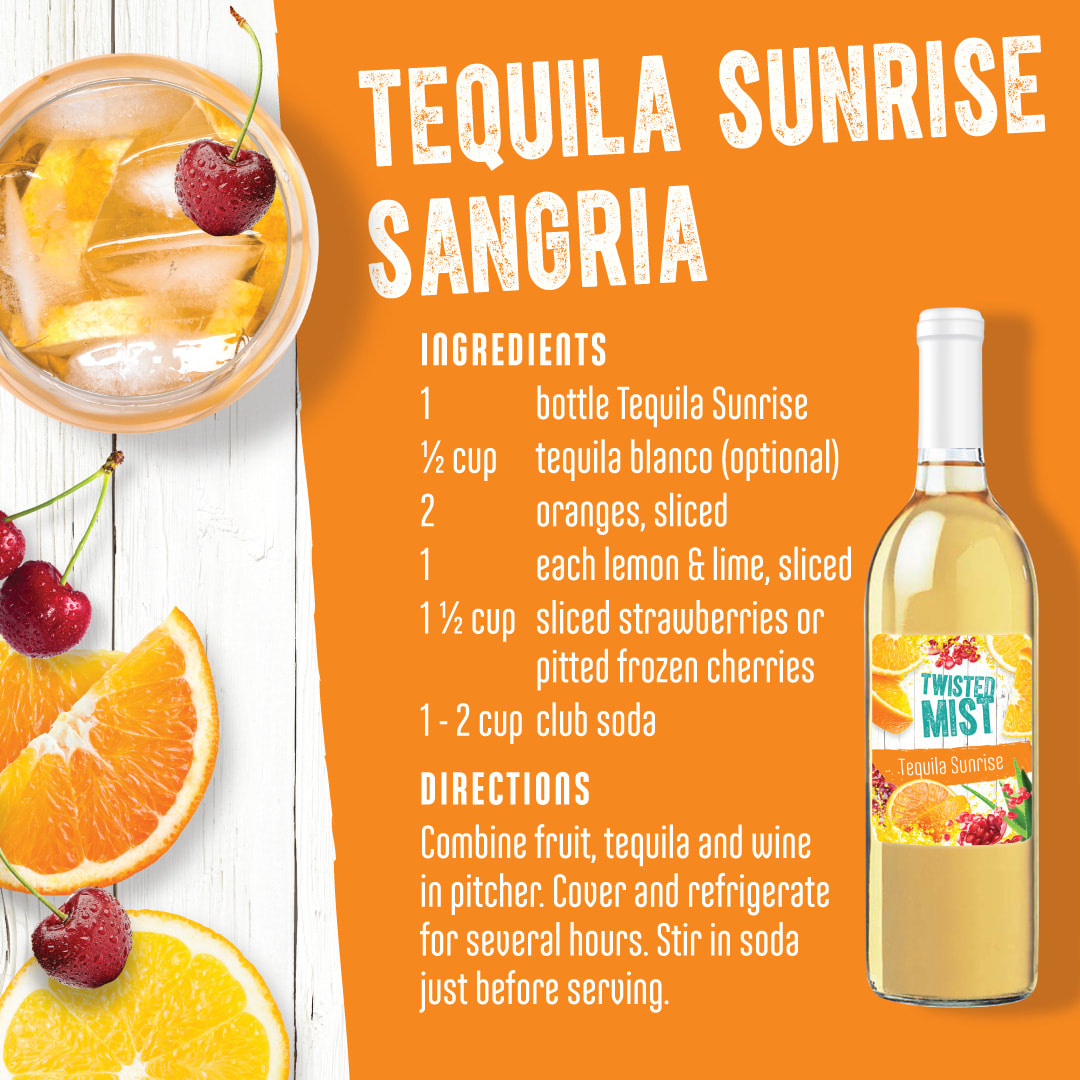
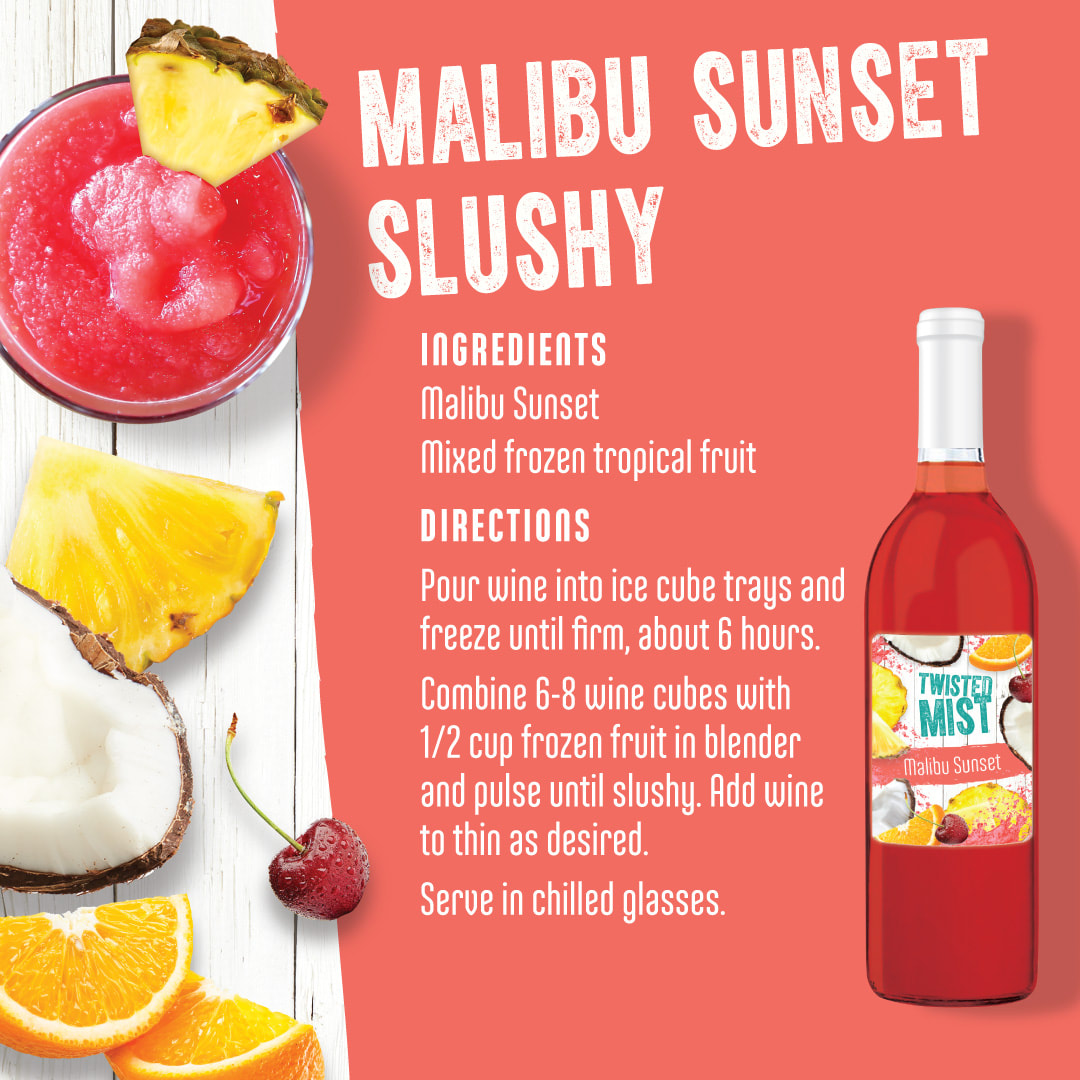
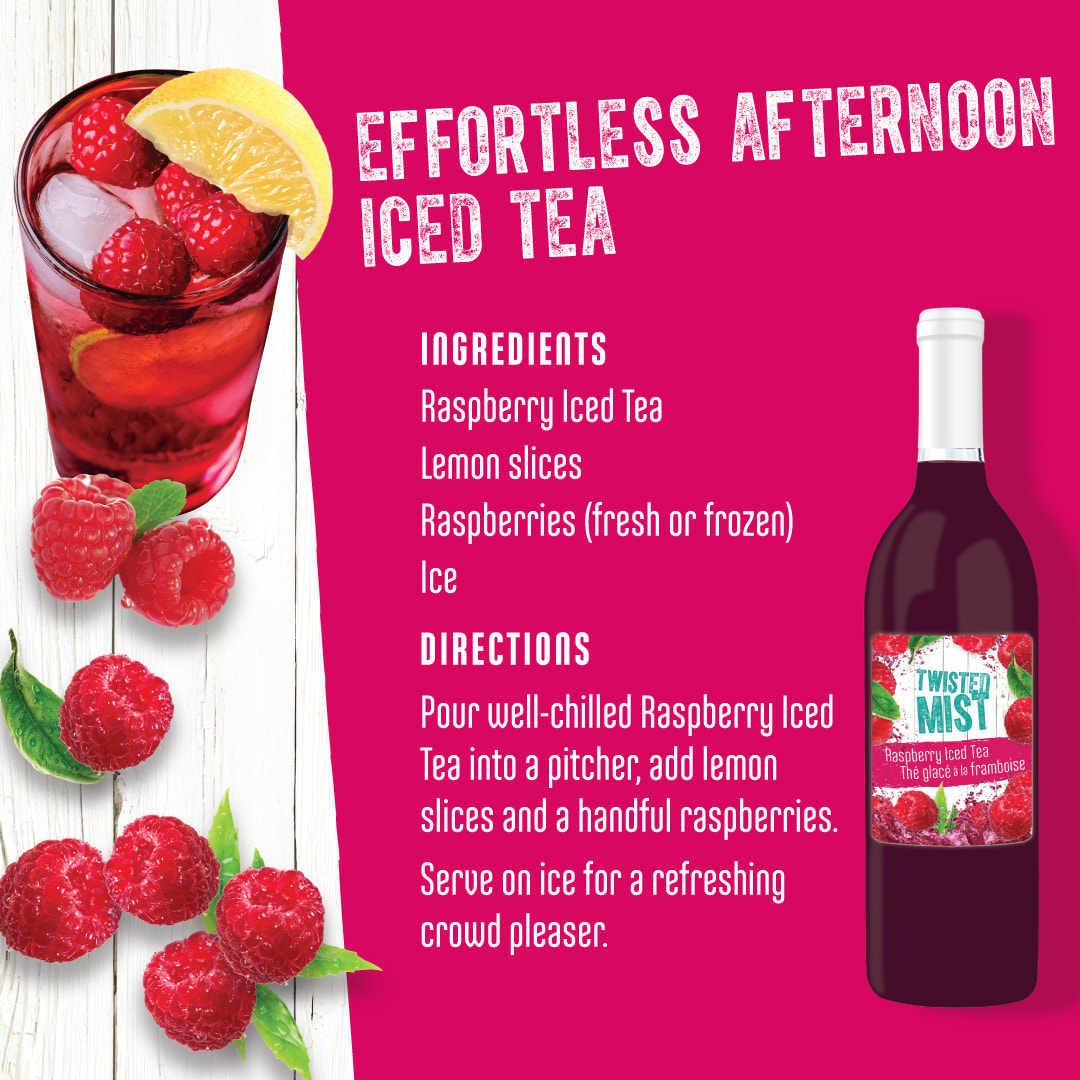
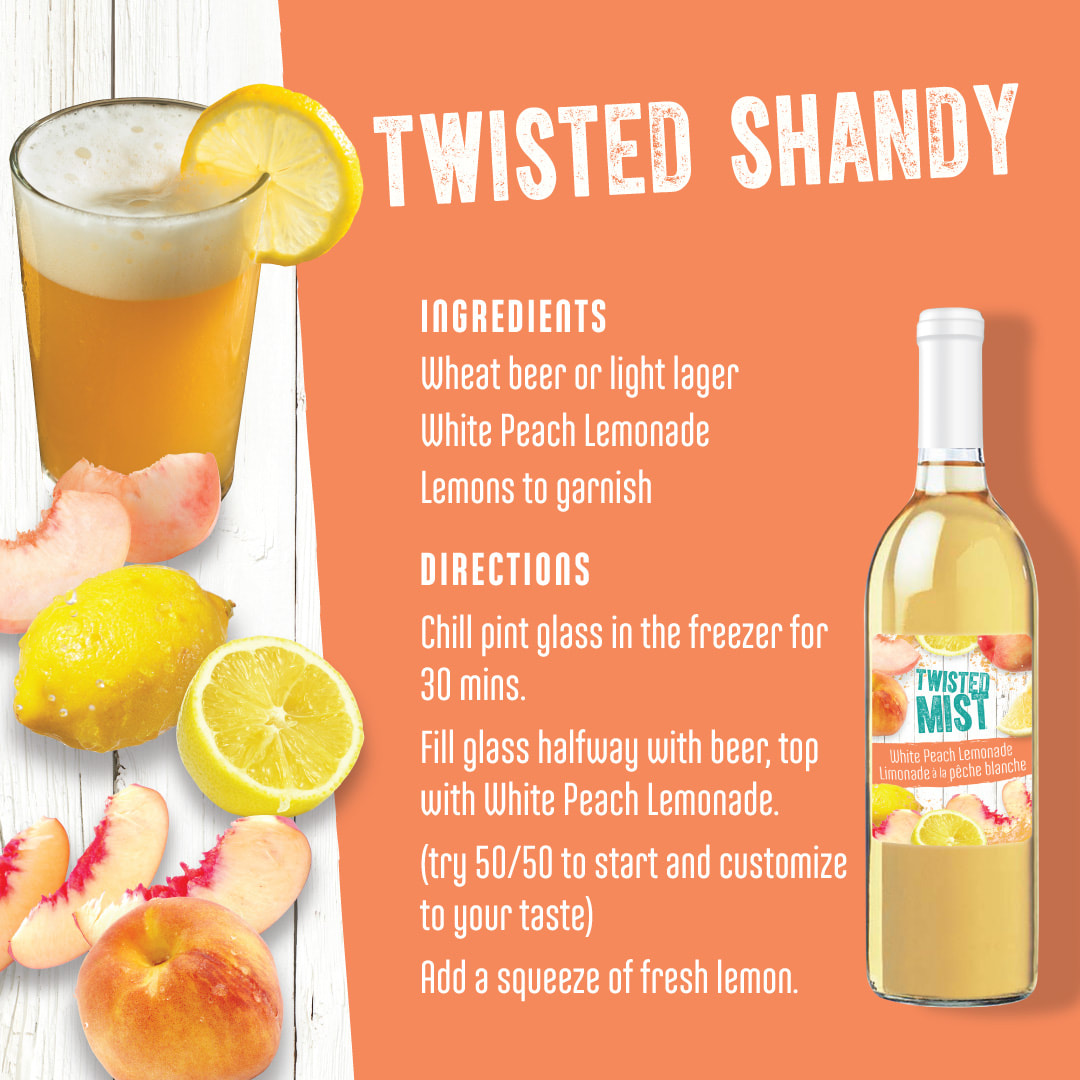
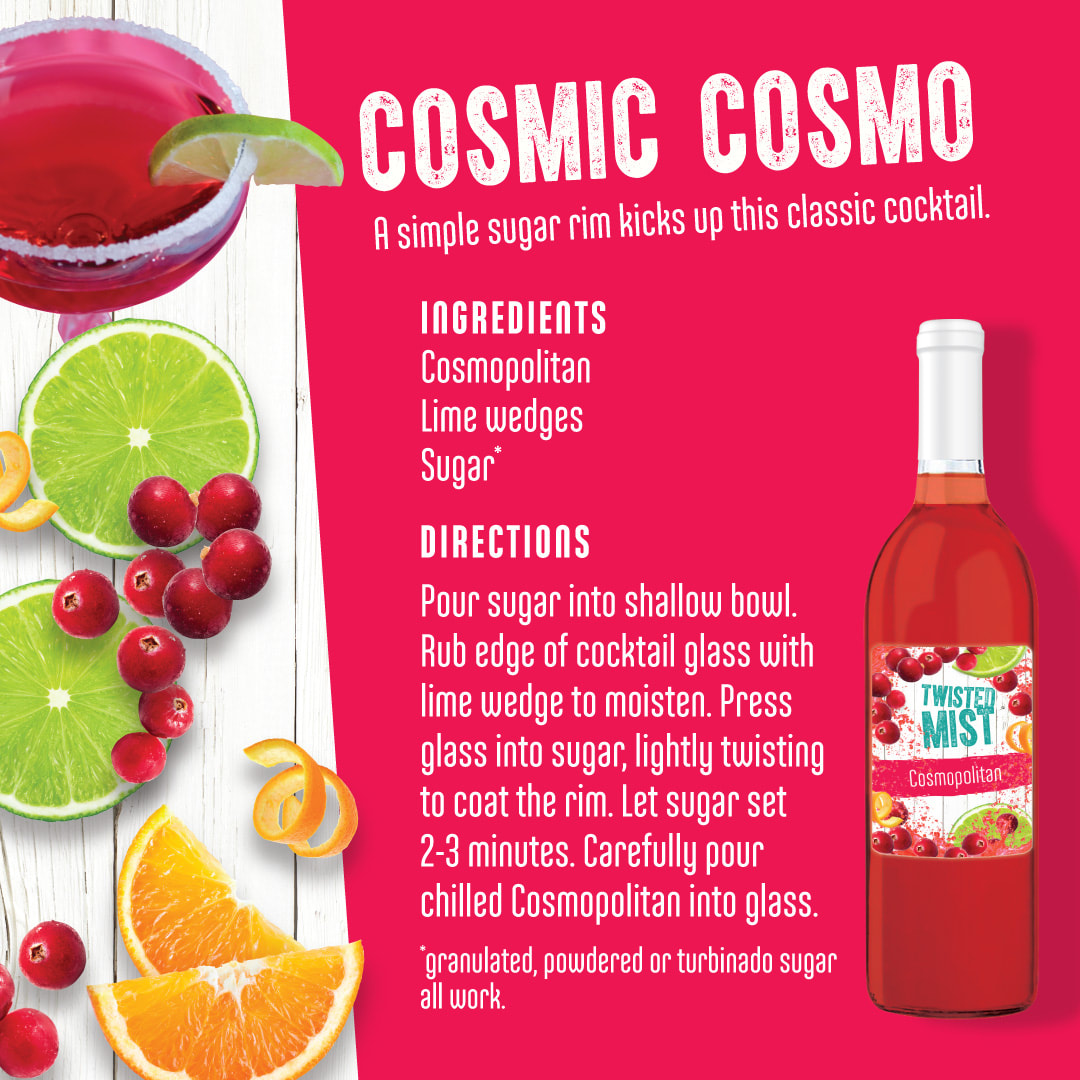
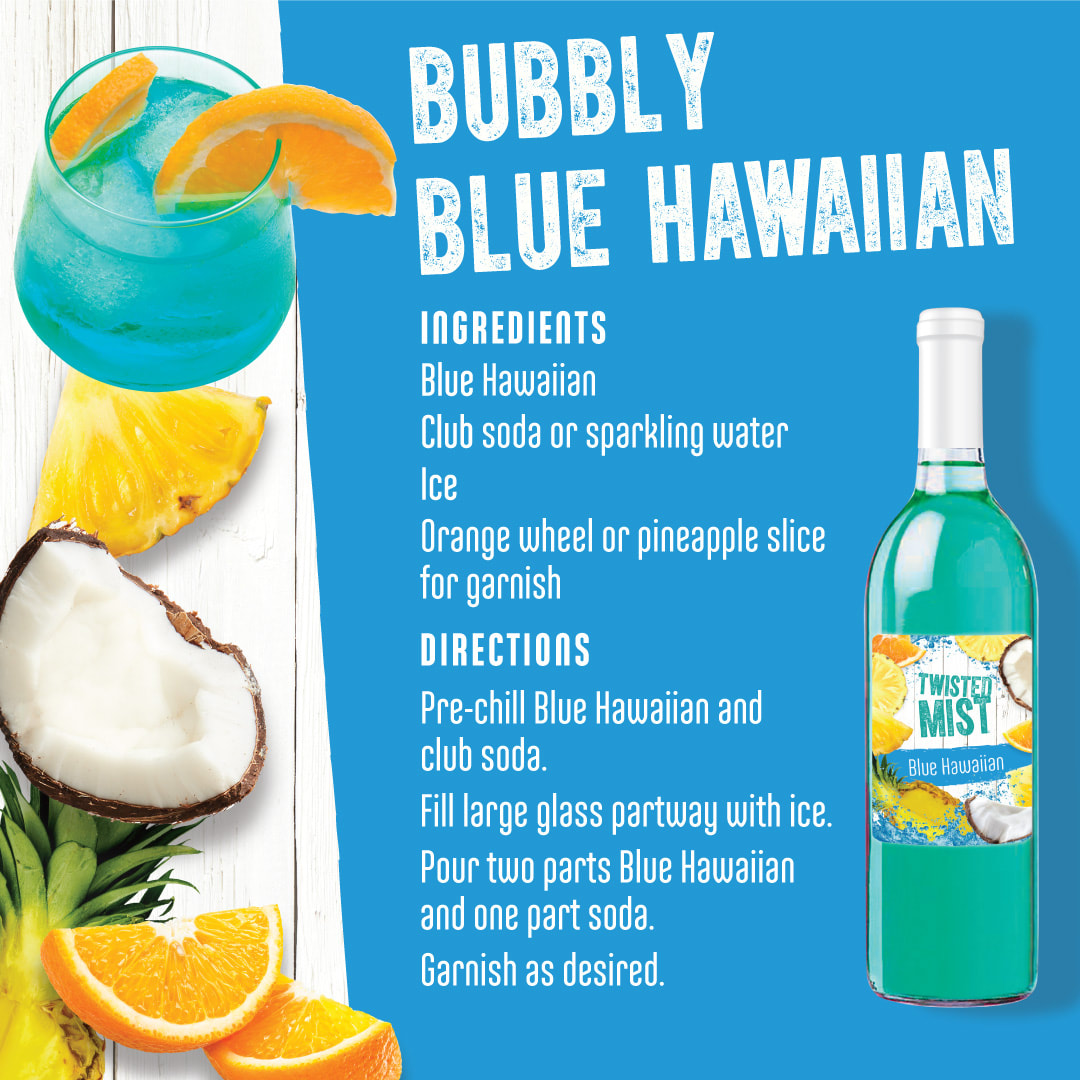
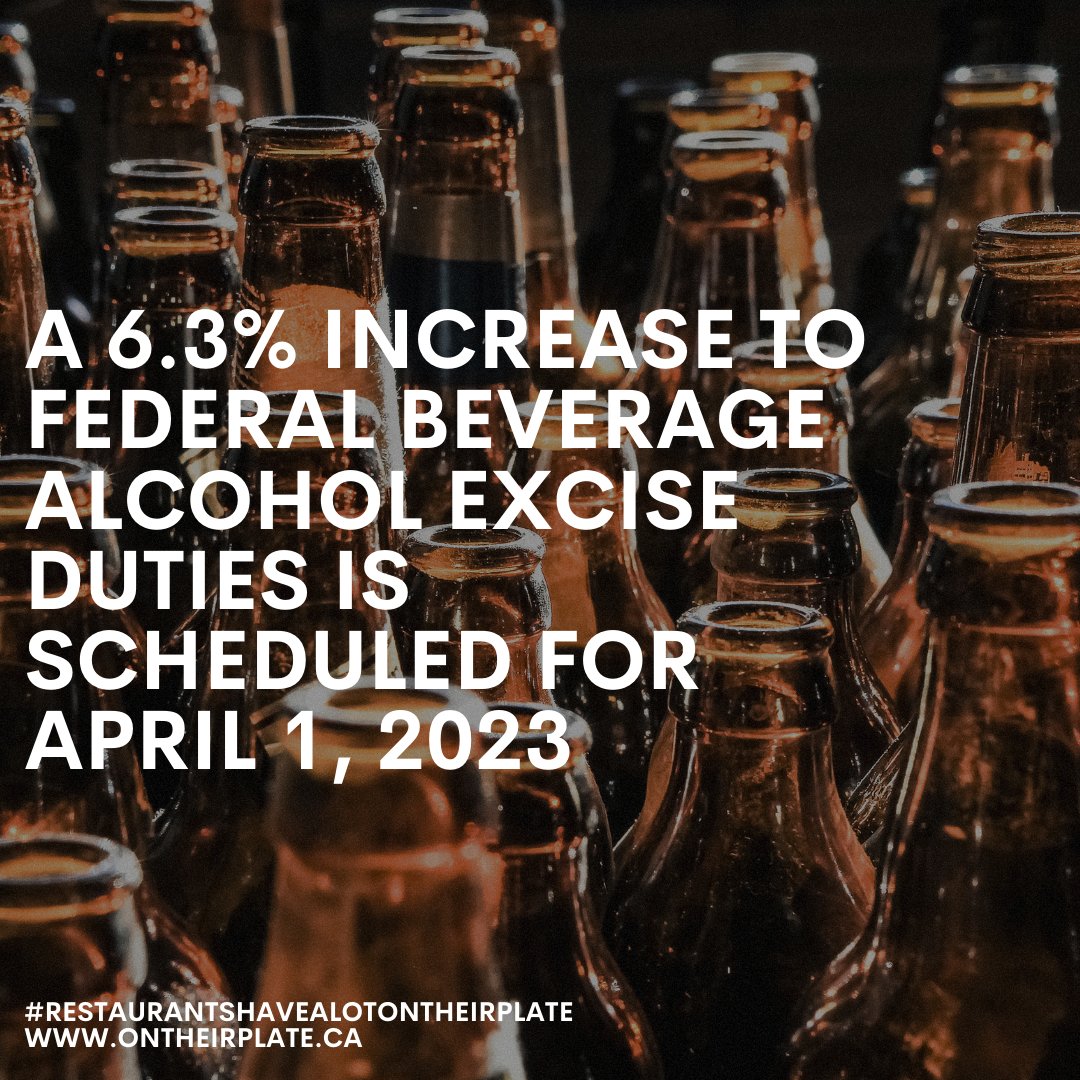

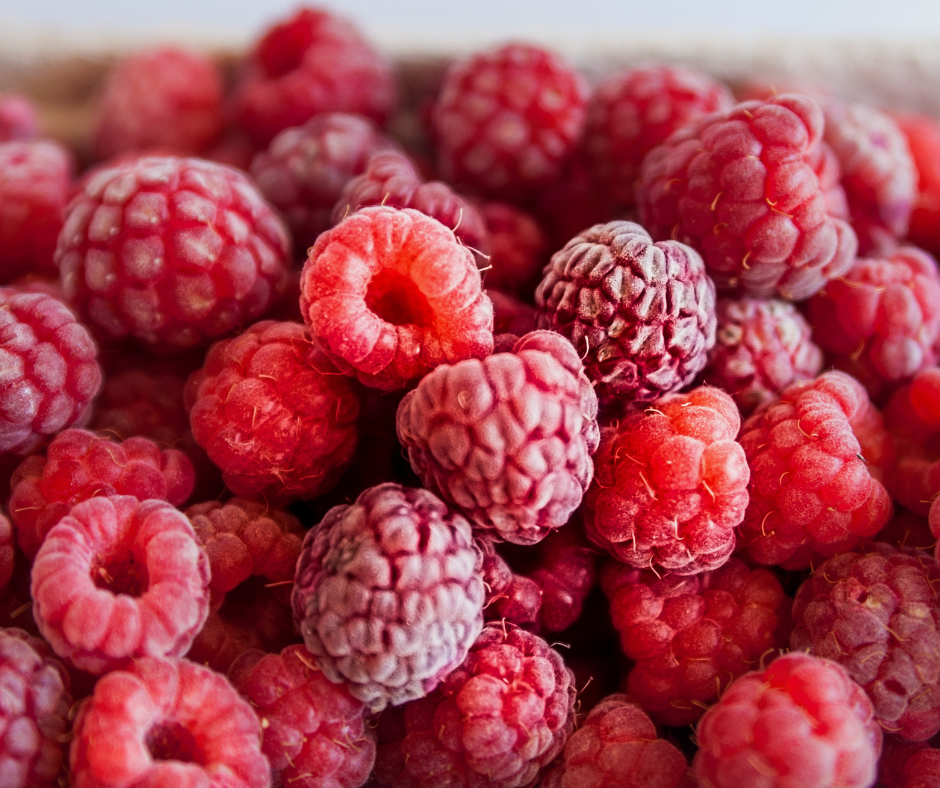

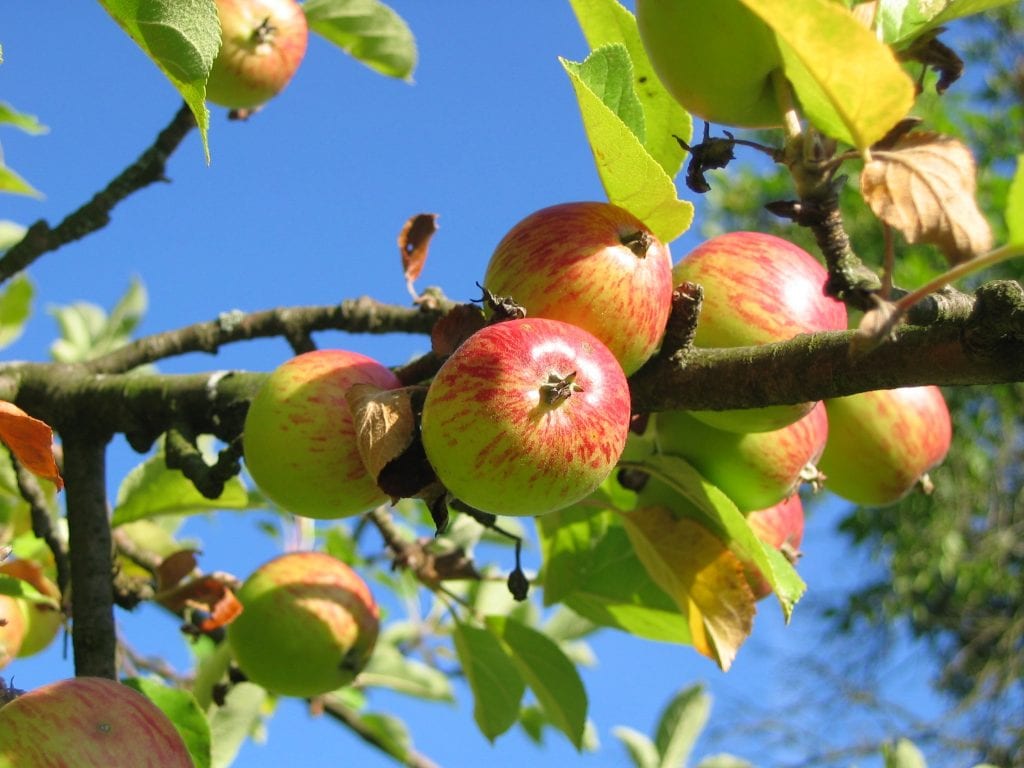

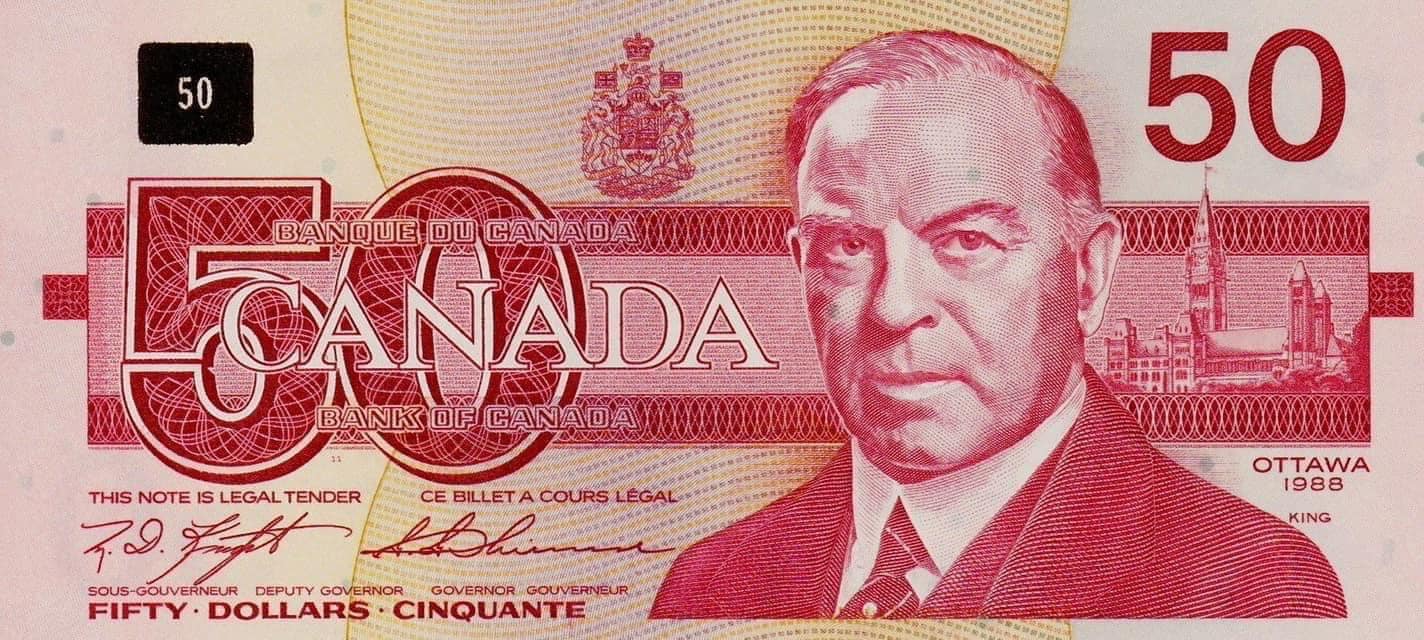
 RSS Feed
RSS Feed